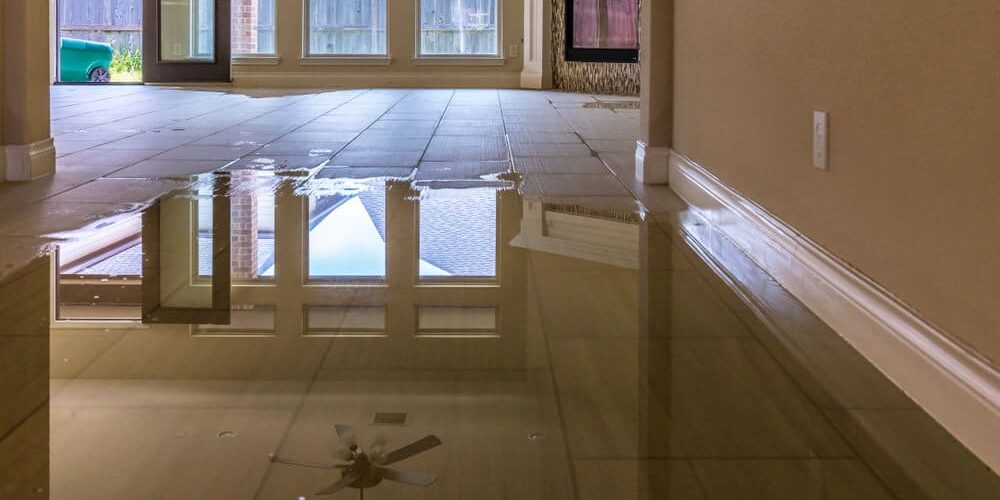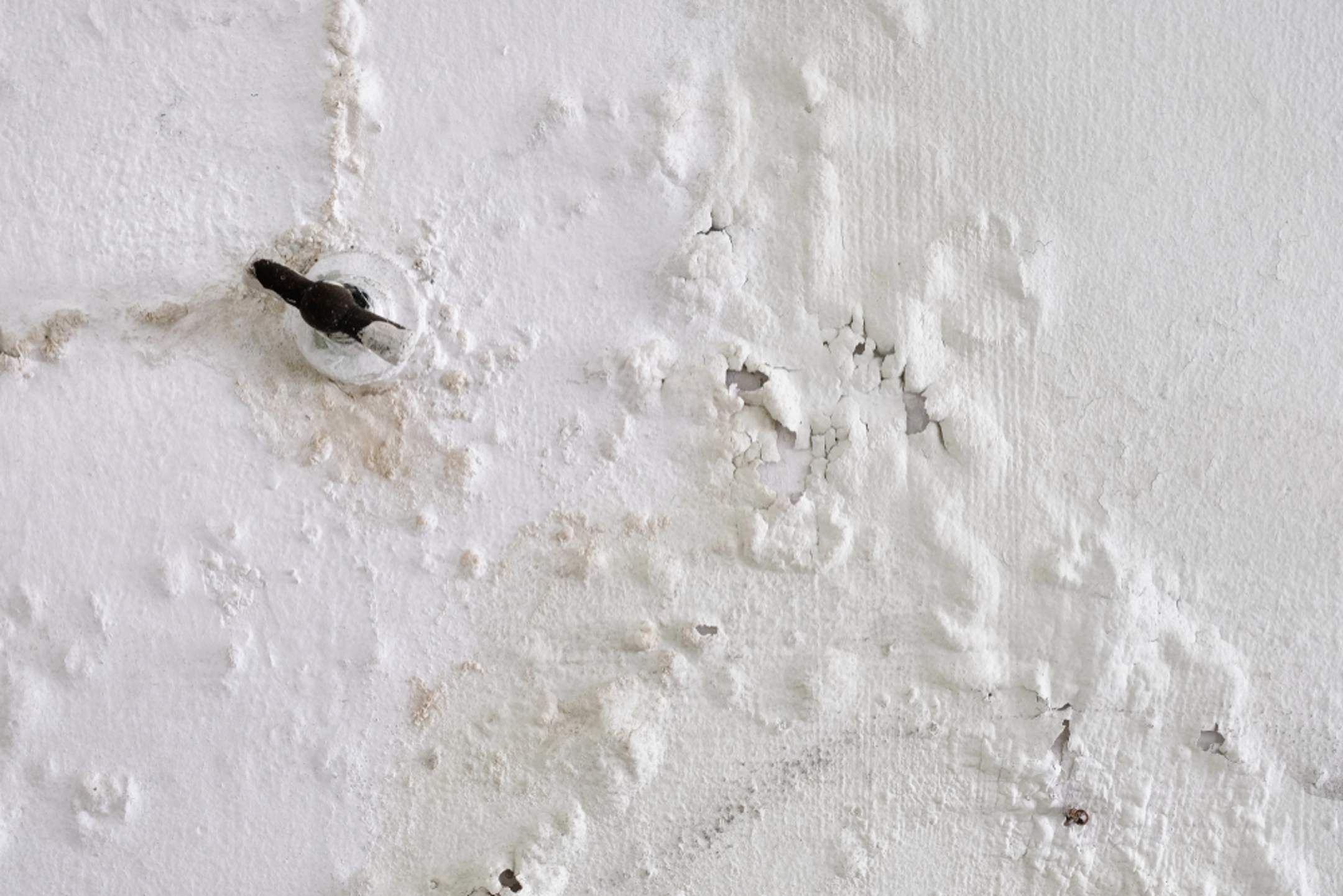Top Water Mitigation Company for Fast Response and Quality Service
Wiki Article
The Process of Water Damage Cleaning: Guaranteeing Your Home Is Recovered Successfully
Water damage can be a complicated challenge for property owners, necessitating a organized and thorough clean-up process to bring back security and capability. A detailed assessment is crucial to recognize the degree of the damages and establish the suitable removal measures. Following this, efficient water extraction techniques play a crucial role in reducing more damage. The subtleties of drying out, sterilizing, and eventual remediation are equally important and frequently neglected. Understanding these stages can make a significant distinction in the end result of your home's repair, triggering a closer take a look at what each step entails.Assessing the Damages
Upon uncovering water damages, the primary step is to completely analyze the level of the influence. This first evaluation is essential, as it aids establish the needed steps for reliable cleanup and restoration. Begin by evaluating the affected locations, including wall surfaces, ceilings, floors, and individual belongings, to determine the resource of the water invasion, whether from flooding, leakages, or condensation.Documenting the damage is crucial for both insurance coverage cases and planning reconstruction efforts - damage restoration services. Usage photographs and composed notes to record the intensity of the damage, noting any kind of affected architectural elements and products. Pay special focus to areas that might not be promptly noticeable, such as behind walls and under rugs, as hidden wetness can lead to more complications, consisting of mold and mildew development
Additionally, examine the timeline of the water direct exposure. The longer the products continue to be wet, the greater the capacity for damages. Recognizing the period of exposure will notify the necessity of remediation efforts. Eventually, a detailed assessment prepares for a successful water damage clean-up procedure, ensuring that all impacted locations are dealt with efficiently and extensively.
Water Removal Strategies

Professionals generally employ submersible pumps for bigger quantities of water, which can swiftly reduce flooding in cellars or various other impacted areas. For smaller amounts, wet/dry vacuum cleaners are commonly made use of to draw out recurring moisture from carpetings and difficult surfaces. In addition, using mobile extractors permits targeted removal in constrained areas or areas with fragile materials.
In circumstances of contaminated water, such as sewer or floodwater, advanced removal techniques might involve making use of biohazard tools to guarantee safety and conformity with health and wellness laws. High-powered extraction devices are crucial in lessening water retention in structural materials, which can bring about mold growth and architectural degeneration if not addressed promptly.
Eventually, the effectiveness of water extraction methods plays an essential duty in the general success of the water damage cleaning procedure, preparing for subsequent restoration efforts.
Drying and Dehumidification
As soon as standing water has been efficiently drawn out, the next essential phase in the water damages cleaning procedure is drying and dehumidification. This step is vital to protect against further damage and mold development, which can take place within 24 to 2 days in damp environments.To accomplish reliable drying out, customized equipment such as industrial-grade air movers and dehumidifiers is utilized. Air moving companies flow air throughout wet surface areas, boosting dissipation prices, while dehumidifiers reduce moisture levels in the air, promoting a favorable atmosphere for drying out. The combination of these tools makes sure that moisture is extracted from home furnishings, wall surfaces, and floors, enabling them to water damage repair services dry extensively.
It is essential to keep track of the drying out process very closely. Specialists commonly utilize wetness meters to examine the wetness content in numerous materials, making certain that all impacted locations get to appropriate dryness levels. This meticulous strategy aids to avoid concealed wetness pockets that could bring about architectural damage or unhealthy mold and mildew growth.

Cleaning and Sanitizing
After the drying out and dehumidification phase is full, the following important action in water damages clean-up is cleaning and sanitizing the affected locations. This process is essential to avoid the development of mold, bacteria, and various other microorganisms that flourish in wet atmospheres.The cleaning stage generally involves getting rid of any type of debris, dust, and impurities from surfaces making use of specialized cleaning up representatives. For hard surface areas, a mix of soap and water or industrial cleansing products is commonly employed. Soft materials, such as furniture and carpets, may call for a lot more comprehensive cleansing techniques, including heavy steam cleaning or deep extraction methods, to make sure complete sanitation.

Disinfecting follows cleaning, making use of EPA-approved disinfectants to eliminate dangerous microorganisms. This action is important, especially in locations that might have entered contact with floodwaters or sewage, as these sources can position severe wellness threats.
In addition, it is important to deal with any type of continuing to be smells, which might require using odor neutralizers or sophisticated strategies like ozone therapy. Correct cleaning and sanitizing not only restore the safety and hygiene of your home but likewise prepared for effective restoration and fixings in succeeding phases of the water damage cleanup process.
Reconstruction and Fixings

When the assessment is full, reconstruction efforts can begin. In addition, flooring may call for similar attention, depending on the level of water direct exposure.
It is critical to involve knowledgeable restoration experts throughout this procedure, as they have the know-how to take care of complicated fixings effectively. They can aid reduce potential future problems, such as mold and mildew development or structural instability, therefore ensuring a secure and habitable living atmosphere. Eventually, reliable reconstruction and fixings recover the home's honesty and enhance its total value.
Conclusion
In conclusion, the process of water damage clean-up is essential for recovering a home to its pre-damage problem. Each stage, from analyzing the damages to applying reliable water removal strategies, complied with by detailed drying, sterilizing, and required repair work, plays an important duty in making sure security and compliance with building criteria. Efficient execution of these steps not just reduces instant damage yet also improves the lasting integrity and worth of the residential or commercial property.Water damage can be a difficult obstacle for home owners, demanding a organized and careful cleaning process to restore security and capability. Inevitably, an extensive assessment lays the foundation for an effective water damage clean-up process, ensuring that all affected areas are dealt with efficiently and thoroughly.
Reliable water removal strategies are essential in minimizing damage and avoiding more difficulties following a water intrusion occasion.In conclusion, the procedure of water damage cleaning is essential for recovering a home to its pre-damage problem. Each stage, from assessing the damages to carrying out efficient water extraction strategies, adhered to by comprehensive drying, sanitizing, and needed fixings, plays a vital function in guaranteeing security and compliance with structure requirements.
Report this wiki page